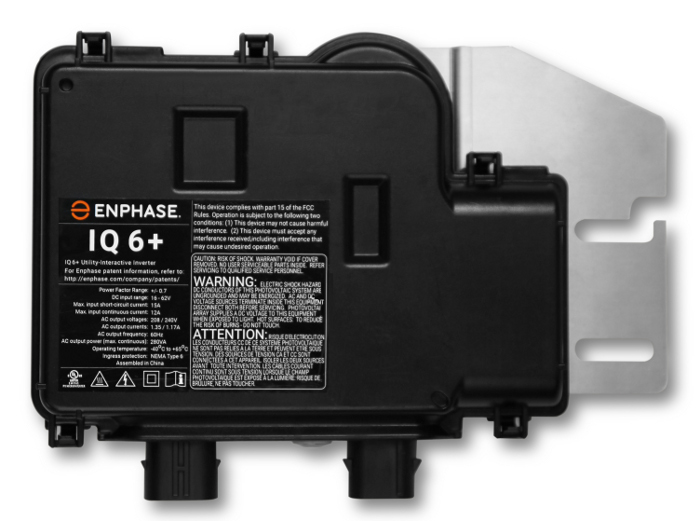The 18% cut to Enphase Energy’s global workforce announced yesterday is primarily going to impact staff at the firm’s Petaluma, California headquarters, pv magazine understands.
While there will be some jobs losses across other portions of Enphase’s global network, the bulk of the 75 positions to be lost will be at the firm’s HQ. Having endured a tough financial climate in 2016, despite lowering the cost of its microinverter by 19%, Enphase has begun to make structural and marketing changes with an eye on moving with the changing industry landscape.
This strategy, believes IHS Markit solar research manager Cormac Gilligan, could serve Enphase well in the longer term as microinverter prices decrease globally by around 15% CAGR between now and 2020, falling to $0.19 per watt.
“In recent weeks, these price pressures have continued following the release of SolarEdge’s HD-Wave in the U.S., which is the main market for Enphase,” Gilligan told pv magazine. Microinverters have recently been losing the MLPE (module level power electronics) battle to power optimizers due to the latter’s apparent ability to engineer swifter cost reductions.
For Enphase, its status as a premium provider of microinverters has meant that its pricing has usually been at the higher end of the scale, says Gilligan. “As a result of the introduction of next generation microinverter models, it has been able to lower the price not only through more aggressive price decreases but also via increasing the output power of new microinverters in order to enable microinverters to track the trend of increasing module sizes.”
Popular content
Although the U.S. remains Enphase’s chief market, its expansion into the U.K., France, Netherlands and Australia – as well as its entrance into energy storage and home management – is likely to set the firm in good stead, Gilligan believes.
“It will be imperative that Enphase aggressively pursues its diversification into new revenue streams such as energy storage, home energy management and the development of AC module solutions in the next year or two,” said Gilligan. “While these market segments will be equally as competitive in the next few years in pricing terms, these segments will be key to unlocking new sales channels such as selling directly to module suppliers, major building providers/house builders and innovative utilities who are rapidly seeking to understand new distributed forms of energy generation.”
The IHS analyst adds that, having successfully pursued these new sales channels, Enphase must find ways to reignite customer acquisition and customer quality if it is to return to growth in 2017.
This content is protected by copyright and may not be reused. If you want to cooperate with us and would like to reuse some of our content, please contact: editors@pv-magazine.com.


By submitting this form you agree to pv magazine using your data for the purposes of publishing your comment.
Your personal data will only be disclosed or otherwise transmitted to third parties for the purposes of spam filtering or if this is necessary for technical maintenance of the website. Any other transfer to third parties will not take place unless this is justified on the basis of applicable data protection regulations or if pv magazine is legally obliged to do so.
You may revoke this consent at any time with effect for the future, in which case your personal data will be deleted immediately. Otherwise, your data will be deleted if pv magazine has processed your request or the purpose of data storage is fulfilled.
Further information on data privacy can be found in our Data Protection Policy.